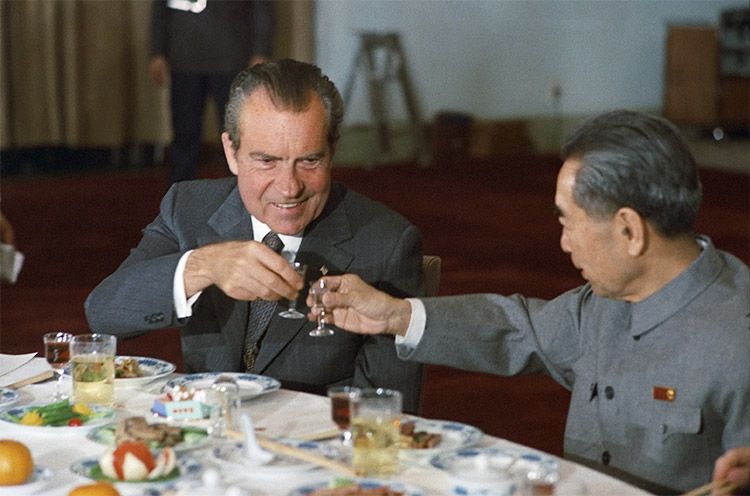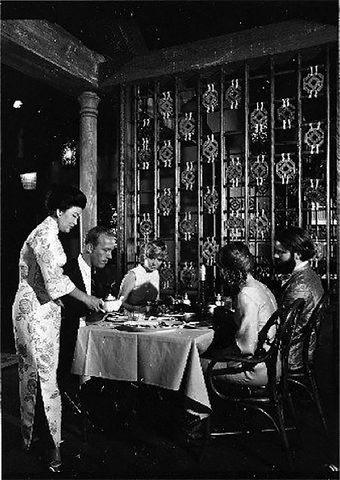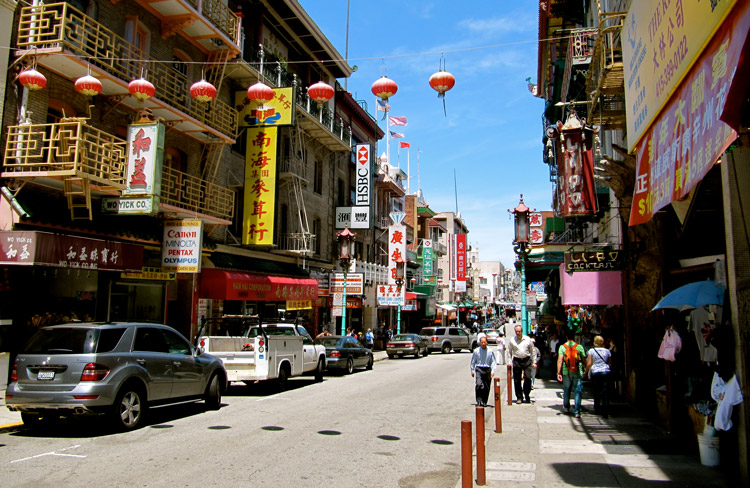
28 Jan The Rise of Regional Chinese Cuisine in San Francisco and America
Only a generation or two ago, Americans and other Westerners had a skewed, inaccurate view of Chinese food. They wrongly associated the cuisines with the cheap, greasy, imitation dishes found mostly in chain restaurants and malls.
That began to change when President Richard Nixon visited China in 1972. During that visit, journalists photographed him enjoying several authentic Chinese dishes such as Peking Duck. As a result, sentiment toward Asian food in the United States began to change for good. Since then, it has undergone several cycles of popularity with an emphasis on different types of regional Chinese cuisine.
Fascination with Chinese Culture Affected the Food Scene in America
While the United States was still a new country and relatively small, some explorers ventured to China and quickly became curious about the culture. These explorers went into the homes of their trading partners for feasts, which provided them with meals unlike anything they had ever had at home.
From the flavors and ingredients to how hosts prepared and served the food, experiencing a true Asian meal was both fascinating and strange for these early settlers. This partially explains how Chinese food became so Americanized in the United States over the years that locals wouldn’t recognize it.
How Cecilia Chiang Changed the Chinese Restaurant Culture in San Francisco
California, and San Francisco in particular, has long had a strong association with Chinese food. It started way back in the mid-1800s when thousands of Chinese arrived to participate in the Gold Rush. San Francisco was one of the first cities in the United States to develop a Chinese dining culture of its own. Unfortunately, the Chinese Exclusion Act of 1882 severely limited new immigrants to the country and opened those of Asian heritage up to extreme prejudice.
Especially on the West Coast, people tended to blame their economic problems and declining wages on the influence of the Chinese. Cecilia Chiang, a restaurant pioneer and immigrant from China herself, was instrumental in helping to change attitudes in San Francisco with the opening of the Mandarin Restaurant in 1961.
Breaking New Ground with the Mandarin Restaurant


The Mandarin was a notable restaurant for several reasons. Ms. Chiang managed the restaurant as a single woman, and she refused to serve Americanized versions of beloved dishes from her homeland.
Although she faced incredible prejudice, Ms. Chiang made it one of her missions to challenge anti-Chinese sentiments still alive and well in the United States and specifically the San Francisco area when she opened the Mandarin Restaurant nearly 60 years ago.
She dealt with racist landlords who didn’t want to help her expand. Additionally, customers used cheap imitation Chinese food complained about her pricing. And finally, she faced blatant sexism as a woman in her 40s entering a primarily male-dominated industry.
The Mandarin operated until 2006 when the restaurant lost its lease to a time-share redevelopment of Ghirardelli Square. In October 2019, Cecilia Chiang celebrated her 99th birthday. She was a well-regarded San Francisco icon. Furthermore, she was brave enough to succeed after facing decades of racism and sexism head-on.
Ms. Chiang passed away on October 28, 2020 of natural causes. Chefs, food critics, and everyday people from around the world expressed their gratitude and tributes following her passing.
The Evolving Chinese Restaurant Scene in San Francisco
Visitors to Chinatown today can choose to eat at a restaurant that serves food from each of the eight major cuisines of China. These include:
- Anhui
- Cantonese
- Fujian
- Hunan
- Jiangsu
- Shandong
- Sichuan
- Zhejiang
Chinatown restaurants also serve regional Chinese cuisine from several of the lesser-known areas of the country. Restauranteurs understand that one of the reasons people visit Chinatown in the first place is to experience authentic Chinese food. Visitors to Chinatown typically don’t want the Americanized Chinese food found in malls and chain restaurants.
Tourists and locals alike continue to patronize these restaurants. However some observers feel that Chinatown itself is no longer an accurate representative of true Asian culture. Others predict that Chinatown will eventually die out to due gentrification and other factors.

How Z & Y Restaurant Has Popularized Sichuan and Other Regional Chinese Cuisine
Z & Y Restaurant, opened in Chinatown in 2008, quickly earned a reputation for serving generous portions of Sichuan dishes. These dishes include traditional hot and spicy food, clay pot, flaming pot, and much more. Diners here know they’re in for a treat with world-famous Chef Han preparing the meals.
A former executive chef for two Chinese presidents, Chef Han takes great pride in creating an unforgettable dining experience. That is just one of the reasons Z & Y receives credit for making authentic Sichuan food so popular in the Bay Area.
Paolo Lucchesi agrees. As the editorial director at Resi and having formerly held the same position at the San Francisco Chronicle, Lucchesi was quick to include Z & Y as “defining the decade of eating from 2010 to 2019 in San Francisco.” With Z & Y’s continued success, it’s a safe bet that someone else close to the restaurant scene will make a similar statement at the close of 2029.







